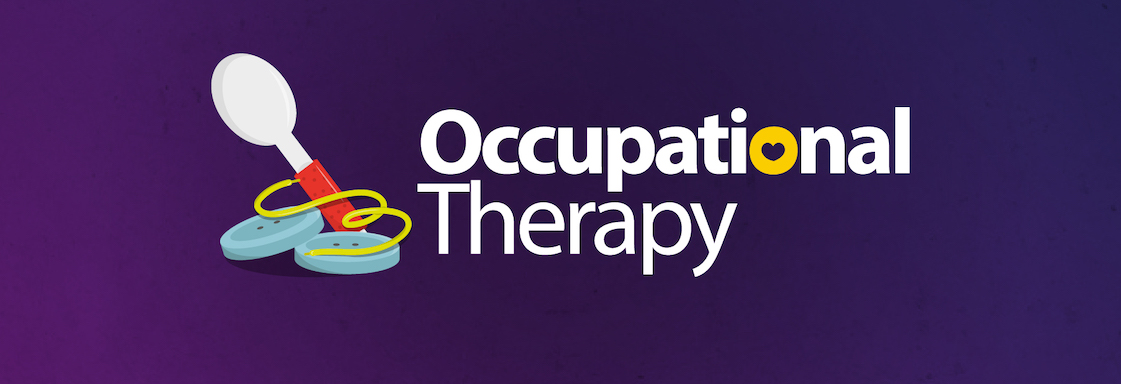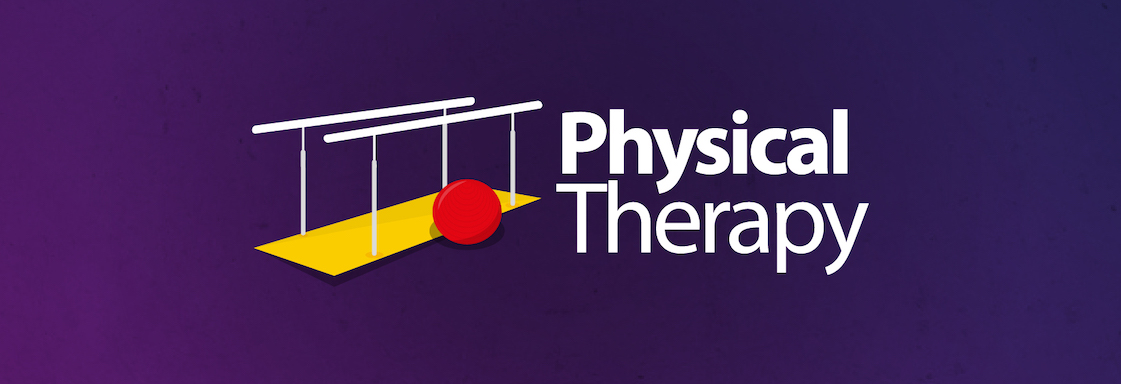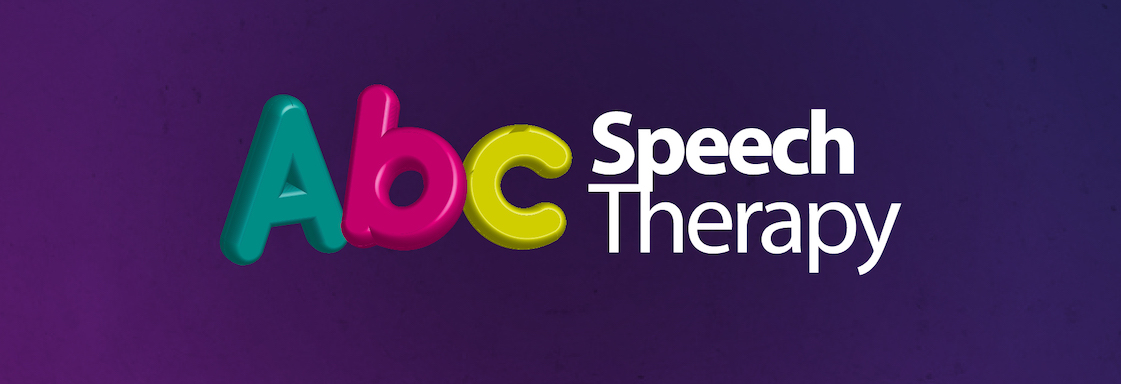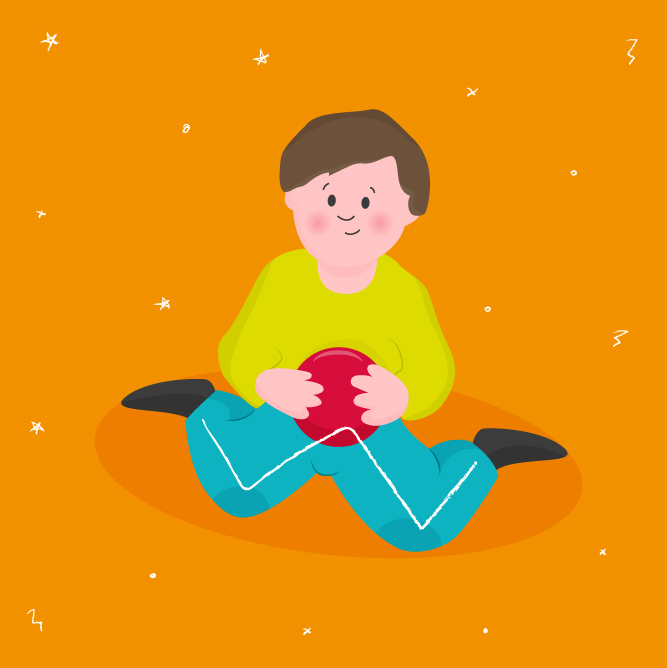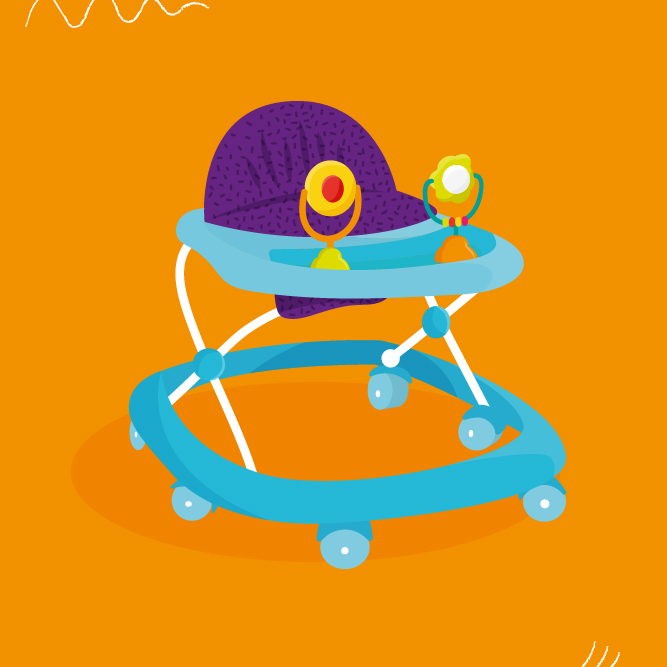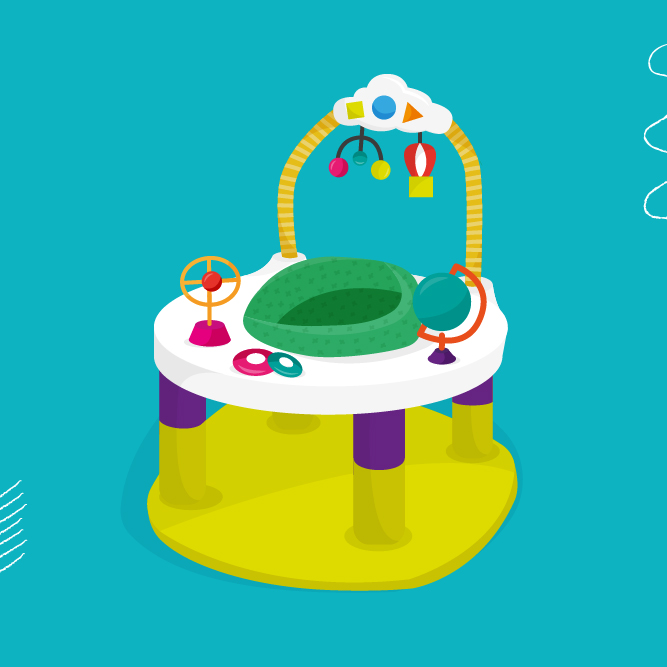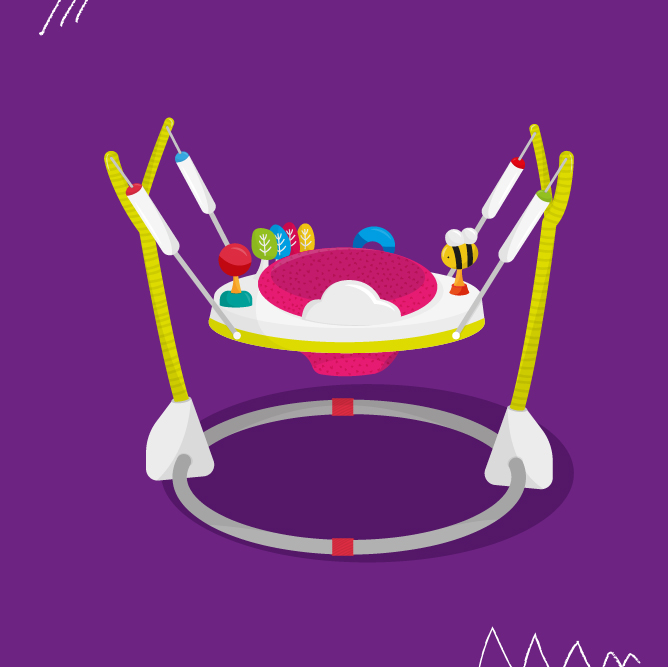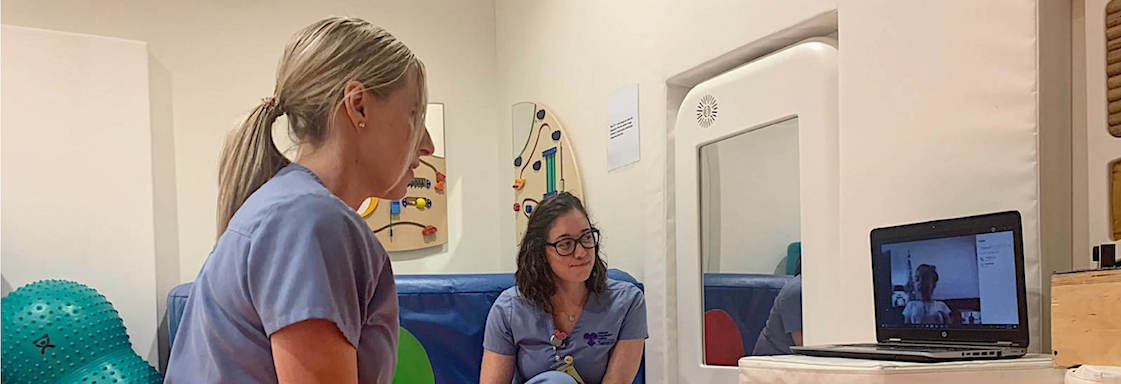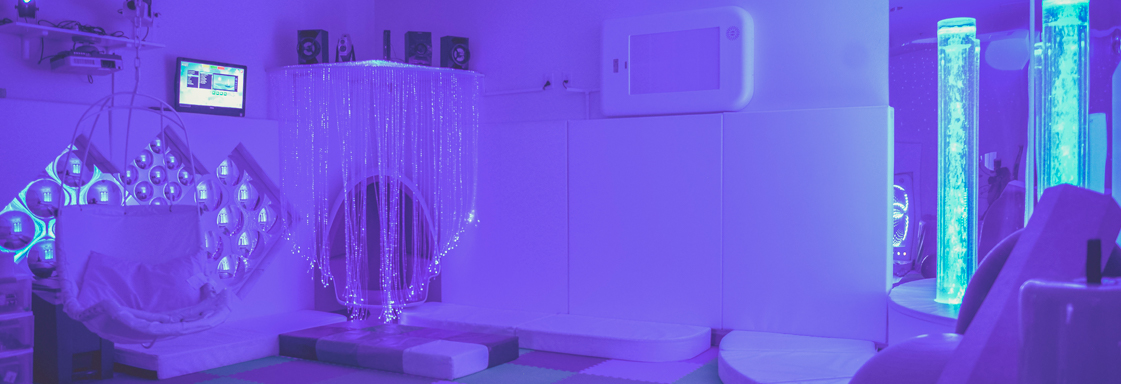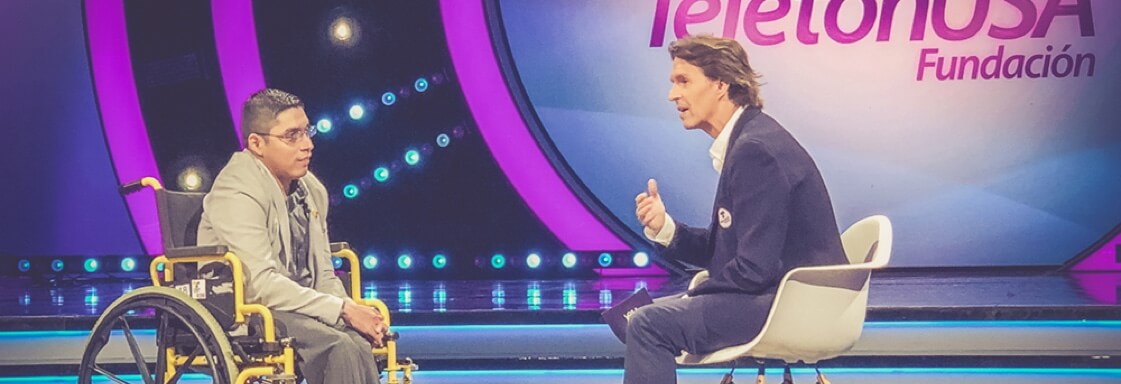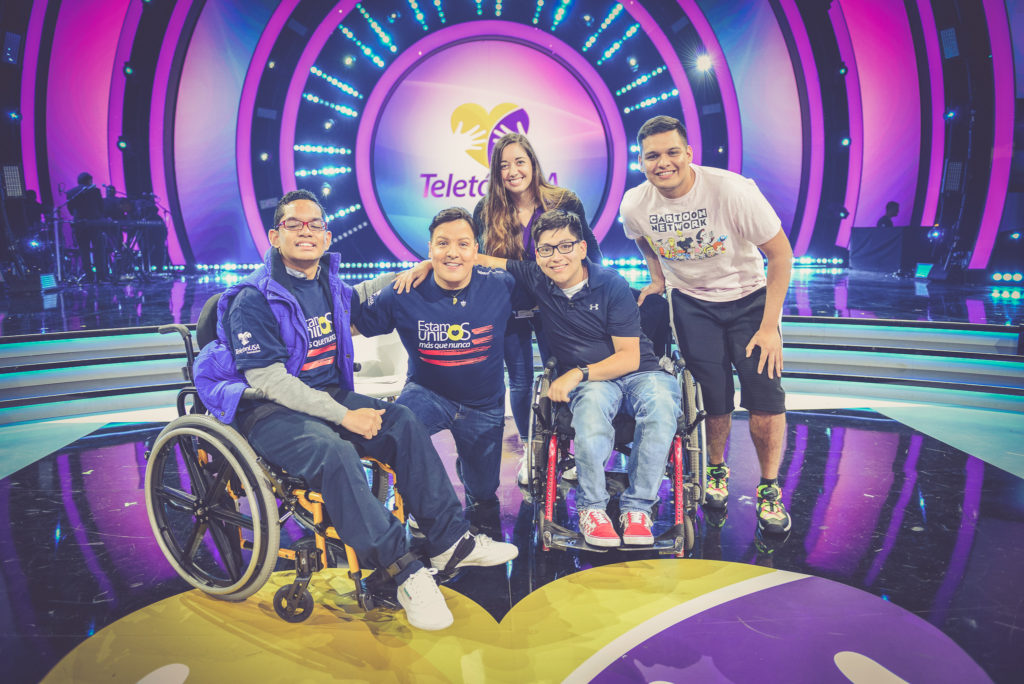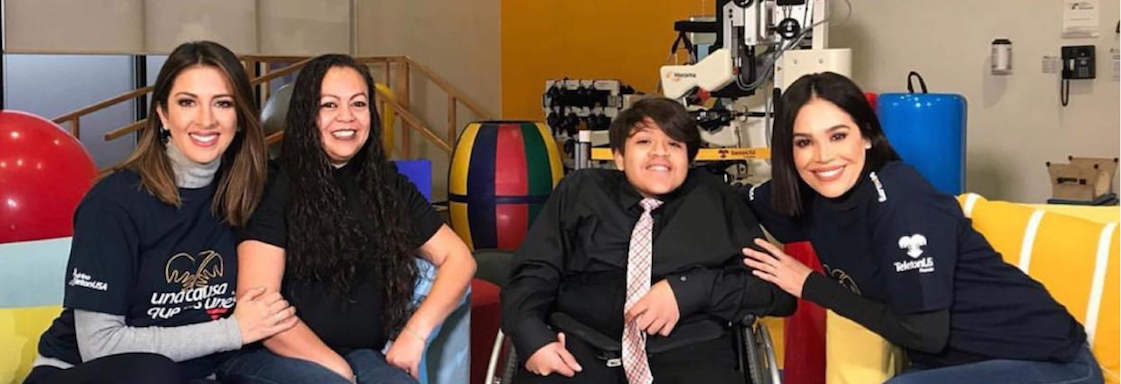In this section you will find exercises, interventions, and strategies that have been recommended to you by your occupational therapist. These may include: Sensory integration strategies, training regarding activities of daily living, strengthening and stretching activities, home program recommendations, and more!
Video: Hand Rainbows
- Link: https://youtu.be/n0Dq1I5rVhc
- Technique: Stretches/mobilizations.
- Exercise Objective: Stretching/mobilizing small muscles and joints of the hands for play or weight bearing.
- Exercise Requirements: Must have intact skin on the palms and back of the hands (no wounds, skin abrasions).
- Precautions: None.
- Equipment: None needed.
- Contraindications: Caution with children who do not tolerate touch to their hands, children with wounds or skin breakdown on their hands.
Video: Easy Grip
- Link: https://youtu.be/MuSFKcYkH_M
- Technique: Play/activity of daily living adaptation.
- Exercise Objective: To assist your child with maintaining grasp on toys or self-care items such as a toothbrush, eating utensil, or hairbrush to increase engagement in play and daily activities.
- Exercise Requirements: Your child should be able to tolerate pressure from the hair tie/item on their hand.
- Precautions: None.
- Equipment: Fabric or coiled hair tie; desired toy (rattle, drum stick, marker or selfcare item).
- Contraindications: Children who do not tolerate pressure from items in their hand, children with wounds or abrasions on their skin.
Video: Deep Pressure Massage
- Link: https://youtu.be/CI8rLrnL4QY
- Technique: Sensory integration.
- Exercise Objective: Increase focus, decrease level of arousal, and anxiety.
- Exercise Requirements: Child must be able to tolerate tactile pressure applied across their trunk and extremities.
- Precautions: Sensitive skin; wounds or abrasions.
- Equipment: You will need lotion or cream.
- Contraindications: Children who are aversive to tactile stimulation.
Video: Joint Compression
- Link: https://youtu.be/FZQgKRERFLc
- Technique: Sensory integration.
- Exercise Objective: Increase body awareness, joint stability and strength, and self-regulation.
- Exercise Requirements: Child must be able to tolerate gentle compression in joints of their extremities.
- Precautions: Children who are hypersensitive to touch and tactile stimulation.
- Equipment: None needed.
- Contraindications: Children with joint contracture; subluxation; brittle bones.
Video: Sensory Box
- Link: https://youtu.be/UnHDvXQJUAc
- Technique: Sensory integration.
- Exercise Objective: To increase joint attention, fine-motor, visual-motor, visual-perceptual skills, and decrease tactile defensiveness.
- Exercise Requirements: Child should be able to participate in exploration with minimal aversion or sensitivity to various textures.
- Precautions: Supervision at all times especially younger children.
- Equipment: Plastic box with lid, shower mitten, pom poms, textured brush, soft bristle brush, silicon toys/brushes, bead necklace, bell, rattle, maraca, squeeze ball, night light, light up ball.
- Contraindications: Children who consistently put things in their mouth placing them at risk of choking on small pieces.
Video: Dressing Stick
- Link: https://youtu.be/E4_Q24oMEas
- Technique: Adaptive equipment – self care independence.
- Exercise Objective: To assist your child with putting on or taking off clothing such as socks or shoes when it is difficult to reach below their waist.
- Exercise Requirements: Ability to maintain grasp on the dressing stick and coordinate arm movements while sitting either supported or unsupported.
- Precautions: Supervision.
- Equipment: Dressing stick, clothing.
- Contraindications: Children who require significant assistance maintaining grasp and lifting lightweight items; children with limited control of their arms, head, and torso.
Video: Reacher/Sock-Aid
- Link: https://youtu.be/2dhSQxcCuBY
- Technique: Adaptive equipment – self care independence.
- Exercise Objective: To assist your child with access to items out of reach either in sitting or standing; to increase independence with putting on his/her socks.
- Exercise Requirements: Ability to maintain grasp with both hands on the reacher/sock aid; ability to coordinate arm and hand movements while sitting either supported or unsupported.
- Precautions: Supervision.
- Equipment: Reacher, sock aid, sock.
- Contraindications: Children who require significant assistance maintaining grasp and lifting lightweight items; children with limited control of their arms, head, and torso.
Video: Shoe Horn
- Link: https://youtu.be/wD2Tff6UsxE
- Technique: Adaptive equipment – self care independence.
- Exercise Objective: To increase your child’s independence with putting on his/her shoes.
- Exercise Requirements: Ability to maintain grasp and coordinate movement of the shoe horn, maintain sitting in a supported or partially supported position.
- Precautions: Supervision.
- Equipment: Shoes, long handled shoe horn.
- Contraindications: Children who require assistance maintaining grasp and lifting lightweight items; children who have limited control of their arms, head, and torso.
Video: Leg Lifter
- Link: https://youtu.be/d5O0JZUELc0
- Technique: Adaptive equipment – self care independence.
- Exercise Objective: To increase your child’s ability to access their feet for tasks such as putting on, or taking off socks and shoes.
- Exercise Requirements: Ability to maintain grasp and coordinate movement of the leg lifter, maintain sitting in a supported or partially supported position.
- Precautions: Supervision.
- Equipment: Leg lifter.
- Contraindications: Children who require assistance maintaining grasp and lifting lightweight items; children with limited control of their arms, head, and torso.
Video: Button Hook
- Link: https://youtu.be/zGs-NvoO-XA
- Technique: Adaptive equipment – self care independence.
- Exercise Objective: To increase your child’s independence with buttoning their shirt.
- Exercise Requirements: Ability to maintain grasp and coordinate movement of both hands, maintain sitting in a supported or unsupported position.
- Precautions: Supervision.
- Equipment: Button hook, button-up shirt.
- Contraindications: Children who require assistance maintaining grasp and lifting lightweight items; children with limited control of their arms, head, and torso.
Video: Bugs on the Wall
- Link: https://youtu.be/JLz1gRJV5Zs
- Technique: Arm strength/coordination and postural control.
- Exercise Objective: To increase your child’s arm strength, coordination, endurance, as well as postural control.
- Exercise Requirements: Ability to initiate reaching over head, passive range of motion for shoulder movements, maintain sitting in a supported or unsupported position while reaching.
- Precautions: Supervision.
- Equipment: Wall, toys, or stickers.
- Contraindications: Children with contractures at the shoulders or elbows that prevent them from achieving exercise position, children who does not initiate arm movements.
Video: Elbow Squeeze
- Link: https://youtu.be/GAmZwuhDEFY
- Technique: Arm strength and awareness of joint position.
- Exercise Objective: To increase muscle activation and joint stimulation in order to use arm for stability during play or self-care activities.
- Exercise Requirements: Ability to bear weight through his/her arm, passive range of motion to achieve arm position, ability to maintain sitting in a supported or unsupported position.
- Precautions: Supervision.
- Equipment: Engaging toy: balls with target, musical toys, puzzles, etc.
- Contraindications: Children who require significant support for their trunk and head during sitting tasks. Caution with children who have contractures at the shoulders, elbows, or hands.
Video: Puppy Play
- Link: https://youtu.be/5-MyeuciF34
- Technique: Postural control, strength, joint position.
- Exercise Objective: To increase postural control, arm strength, joint position awareness, and cervical control required for play.
- Exercise Requirements: Ability to bear weight through arms/hands and bent knees, extend head with some support at torso.
- Precautions: Supervision.
- Equipment: Toys your child prefers to play with; firm, flat, clean surface.
- Contraindications: Children who cannot bear weight through extended arms/hands and knees bent; children who have significant limitations in moving their arms and hands.
Video: Tips for Putting on Your Shoes
- Link: https://youtu.be/wL8UrpBF41E
- Technique: Adaptive Equipment – Self Care Independence.
- Exercise Objective: To increase your child’s independence with putting on his/her shoes.
- Exercise Requirements: Ability to maintain grasp and coordinate movement of both hands, maintain sitting in a supported or unsupported position.
- Precautions: Supervision.
- Equipment: Shoes, long handled shoe horn.
- Contraindications: Children who require assistance maintaining grasp and lifting lightweight items; children who have limited control of their arms, head, and torso.
Video: How to Make a Button Hook, and Tips for Buttoning a Shirt
- Link: https://youtu.be/69×2-jYtcS4
- Technique: Adaptive Equipment – Self Care Independence.
- Exercise Objective: To increase your child’s independence while buttoning their shirt.
- Exercise Requirements: Ability to maintain grasp and coordinate movement of both hands, maintain sitting in a supported or unsupported position.
- Precautions: Supervision.
- Equipment: Paper clip, PVC pipe.
- Contraindications: Children who require assistance maintaining grasp and lifting lightweight items; children with limited control of their arms, head, and torso.
Video: Strengthening Shoulders and Arms
- Link: https://youtu.be/-NZ7BY2KuD0
- Technique: Arm strength/coordination and postural control.
- Exercise Objective: To increase your child’s arm strength, coordination, endurance, and mobility.
- Exercise Requirements: Ability to move upper extremities through their range of motion, ability to maintain sitting in a supported or unsupported position.
- Precautions: Supervision.
- Equipment: Two (2) water bottles or cans.
- Contraindications: Children with contractures at the shoulders or elbows that prevent them from achieving exercise position, children who do not initiate arm movements.

